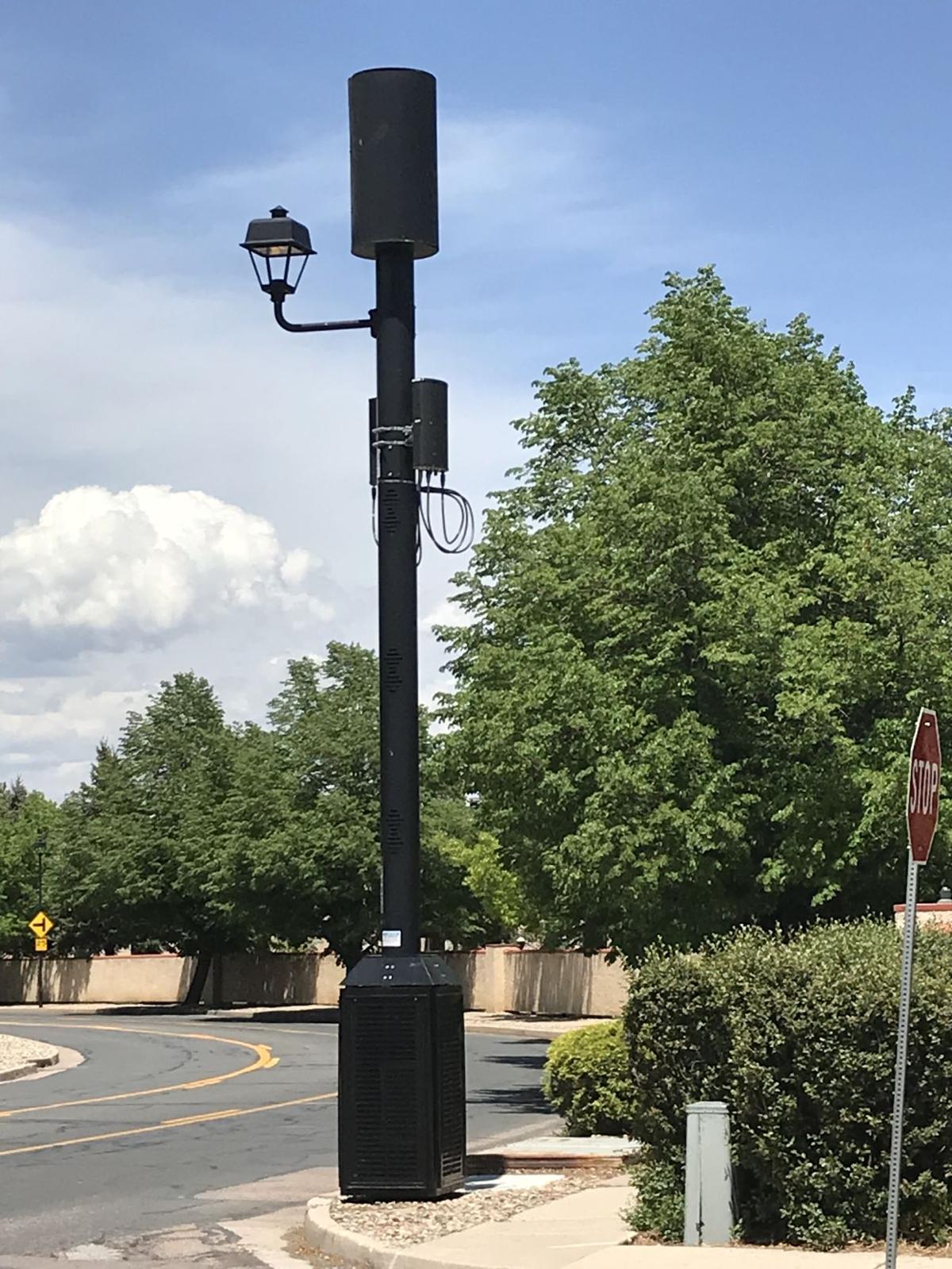When you've ever eliminated through a town, you've probably seen tiny micro 5G cellular towers on streetlight poles. These resemble little boxes, yet they transmit cordless signals from cellular carriers for your mobile phone.
These smaller towers are gradually taking the place involving bigger, purpose-built cell towers. Although they are less obvious, they may nonetheless pose difficulties for individuals.
Radiation Exposure Thresholds Set from the FCC
The Radiation Direct exposure Thresholds established by simply the FCC identify the safe distance when an individual may be exposed to electromagnetic radiation through wireless devices. The particular exposure restrictions are based on scientific evidence that will RF energy may well impair human wellness.
The specific absorption rate (SAR) is usually a measurement involving how much radiofrequency energy tissue absorbs. A typical value is 1. six watts per kg, averaged across 1 gram of cells.

Yet, since 5g transmits at higher frequencies, it features the potential to enhance the intensity involving radiation on the skin and also other right away exposed body parts. This specific has the possible to cause a new broad variety involving negative consequences, like the worsening of skin area illnesses such as dermatitis, skin cancers, and cataracts.
Because of of the potentially serious consequences of 5G radiation, PSU offers opted to impose a localized strength density restriction of 4 mW/cm2 proportioned over 1 cm2 for those 5G companies at 3000 Gigahertz, not to exceed 35 minutes. The maximum spatial-average SAR of 1. 6 W/kg averaged across a single g of cells at 6 Gigahertz is consistent along with this confined limit.
5g disadvantages by typically the FCC
When you have at any time used a cell phone phone, you're likely aware that the safe distance from the tower reaches least 400 metres. This is due to the reality that the transmitting strength of the cellular tower rises greatly as you proceed farther away from it.
Although this specific seems to end up being an excellent idea, the fact is those who live close to towers may end up being more prone to health concerns. A new 2014 research inside India, for example of this, found that inhabitants living within 50 meters of mobile phone towers had a great deal higher health issues than those living further away from the antennas.
Yet, this kind of research found that inhabitants who migrated to regions more away from cell towers had a come back to normalcy within a couple of days. Additional research has shown that extented exposure to high degrees of radiofrequency electromagnetic fields (EMFs) may possibly lead to cancer, brain tumors, and even other health issues.
This particular is due in order to the fact of which RF radiation, which often is applied to wireless communication, has the ability to permeate the human system's outer layer, your skin. This is important for the reason that skin acts as a defensive barrier against physical damage, infection by simply pathogenic bacteria, plus hazardous chemical transmission. It is likewise the biggest organ in the individual body and is in charge of making sure the integrity of the other organs.
Minimum Exposure Thresholds Set by the FCC
The Minimum Exposure Thresholds established by the FCC are based in various assumptions that will are not maintained scientific data. That they include the completely wrong notion that initial RF radiation direct exposure is safe owing in order to little penetration straight into the body (i. e., tissue heating).
The assumption also overlooks the more deeply penetration of modified RF signals' ELF components, as well as the effect of brief breaks of heat through pulsed RF surf. cell phone radiation are inconsistent with existing familiarity with the natural associated with RF light and really should not become utilized to set in place health-protective exposure amounts.
Moreover, the ICNIRP and FCC restrict their maximum exposure limits to local peak SARs depending on peak spatial specific absorption rate (psSAR), which is an insufficient dosimetric method for evaluating the particular degree of RF radiation exposure. In frequencies over six GHz, psSAR is very incorrect. Additionally, psSAR will not be analyzed in conjunction using other environmental aspects like sunshine. Communications between RF rays along with other environmental factors might have antagonistic or even synergistic effects. This particular would enhance the likelihood of negative health impacts. Co-exposure to RF radiation in addition to sunshine, for illustration, may raise the risk of pores and skin cancer and get worse other skin conditions like as pimples.
